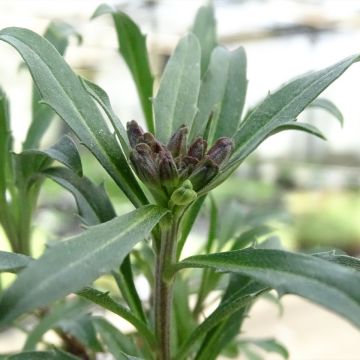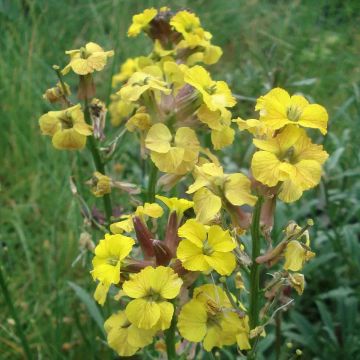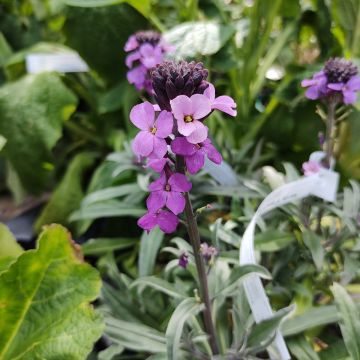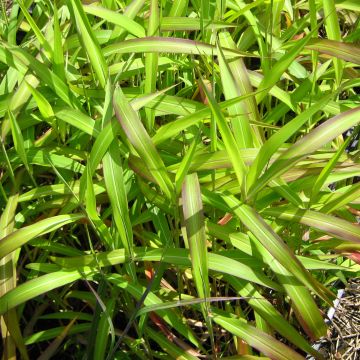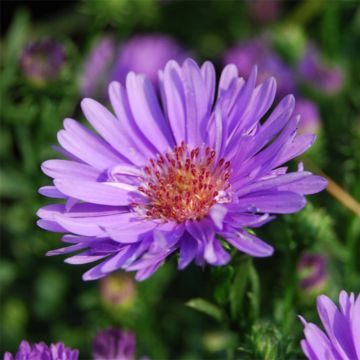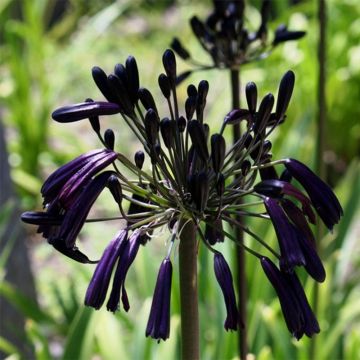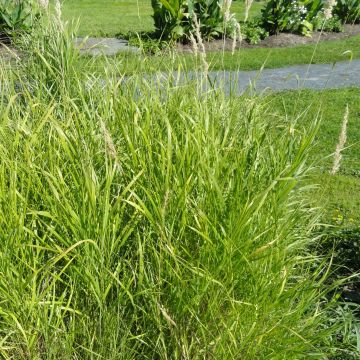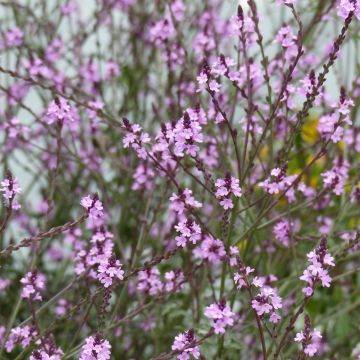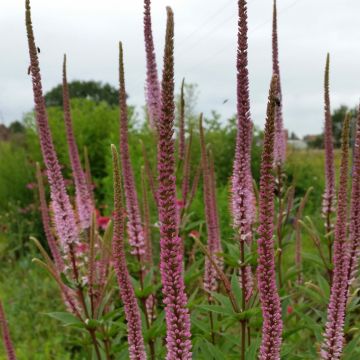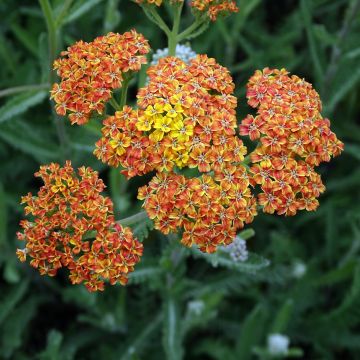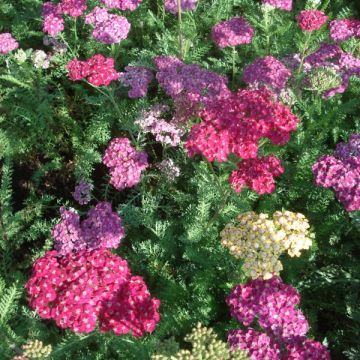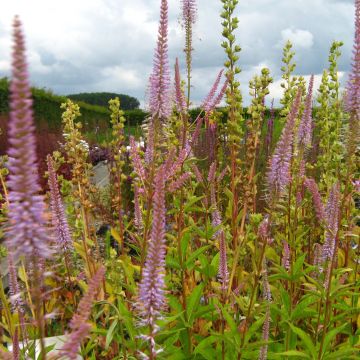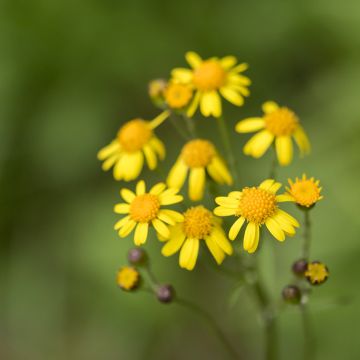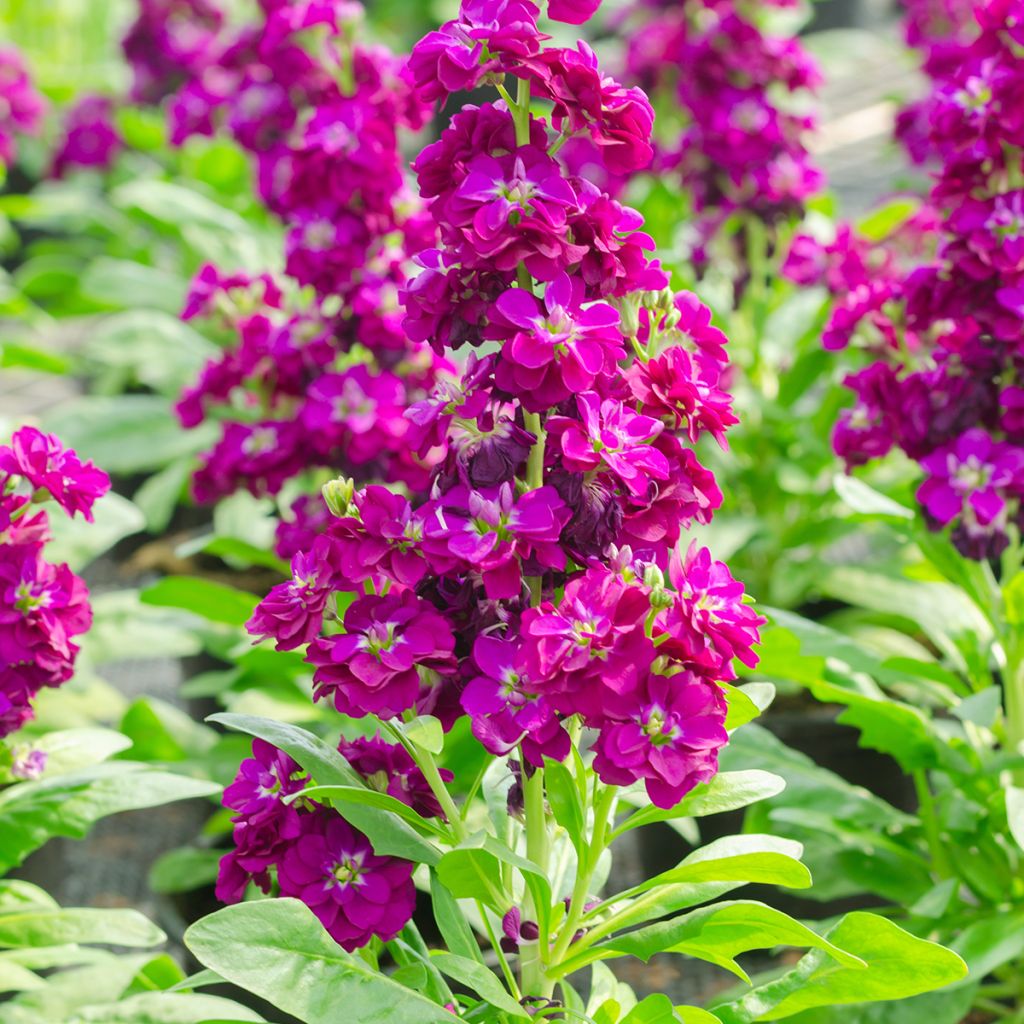

Matthiola incana
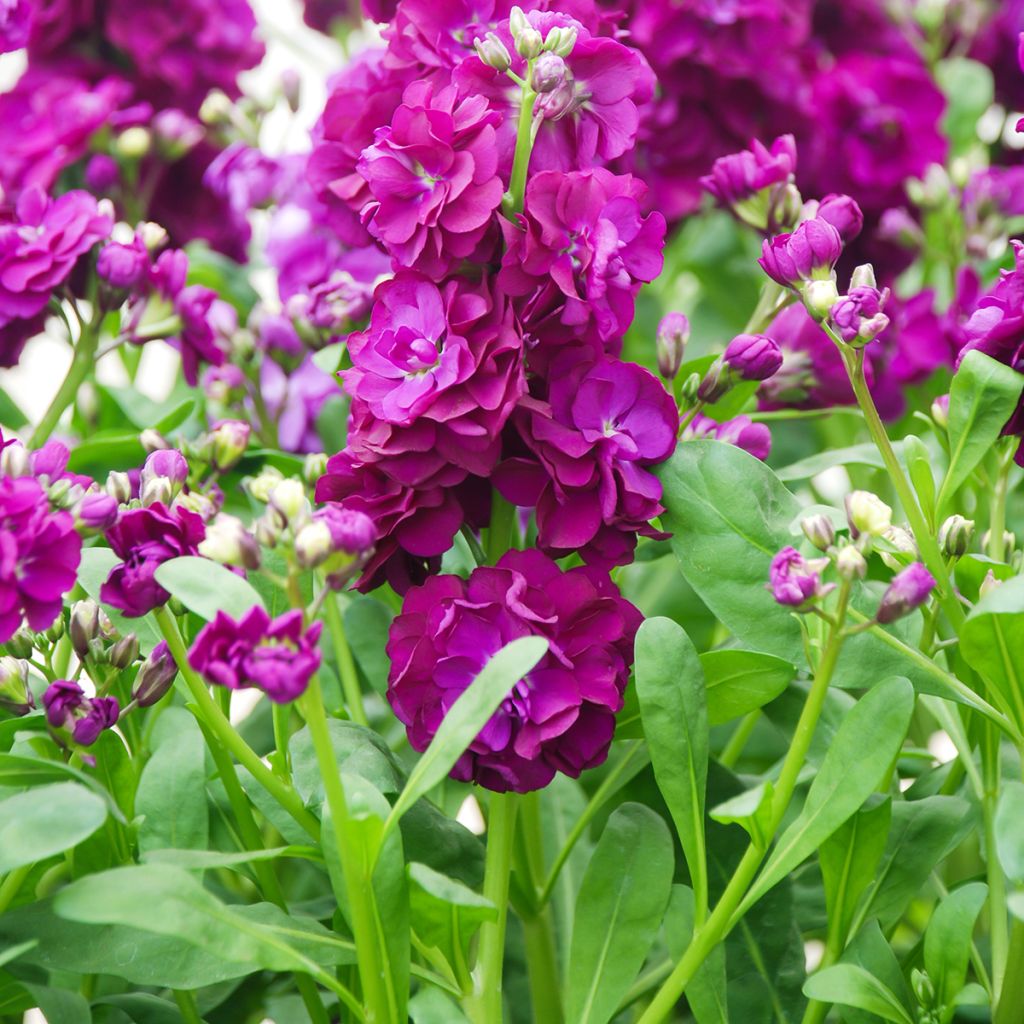

Matthiola incana
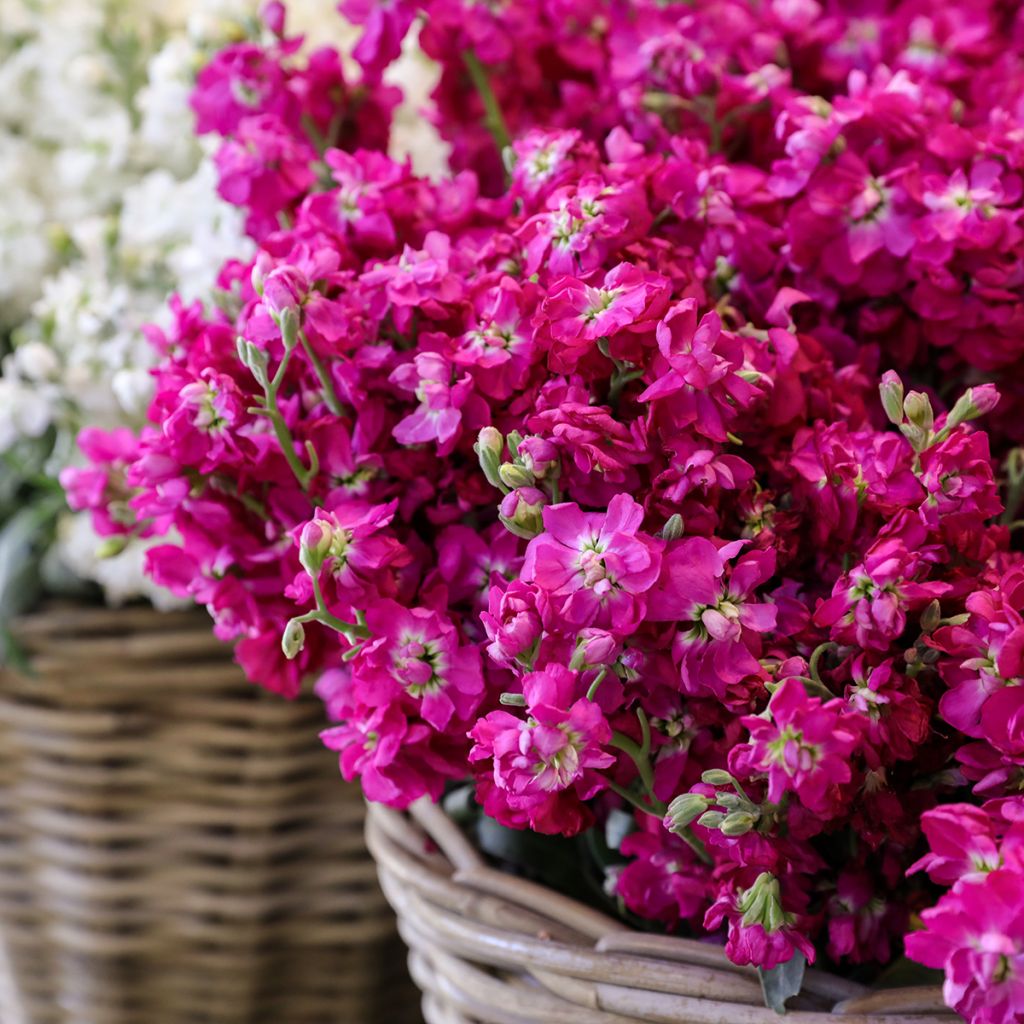

Matthiola incana
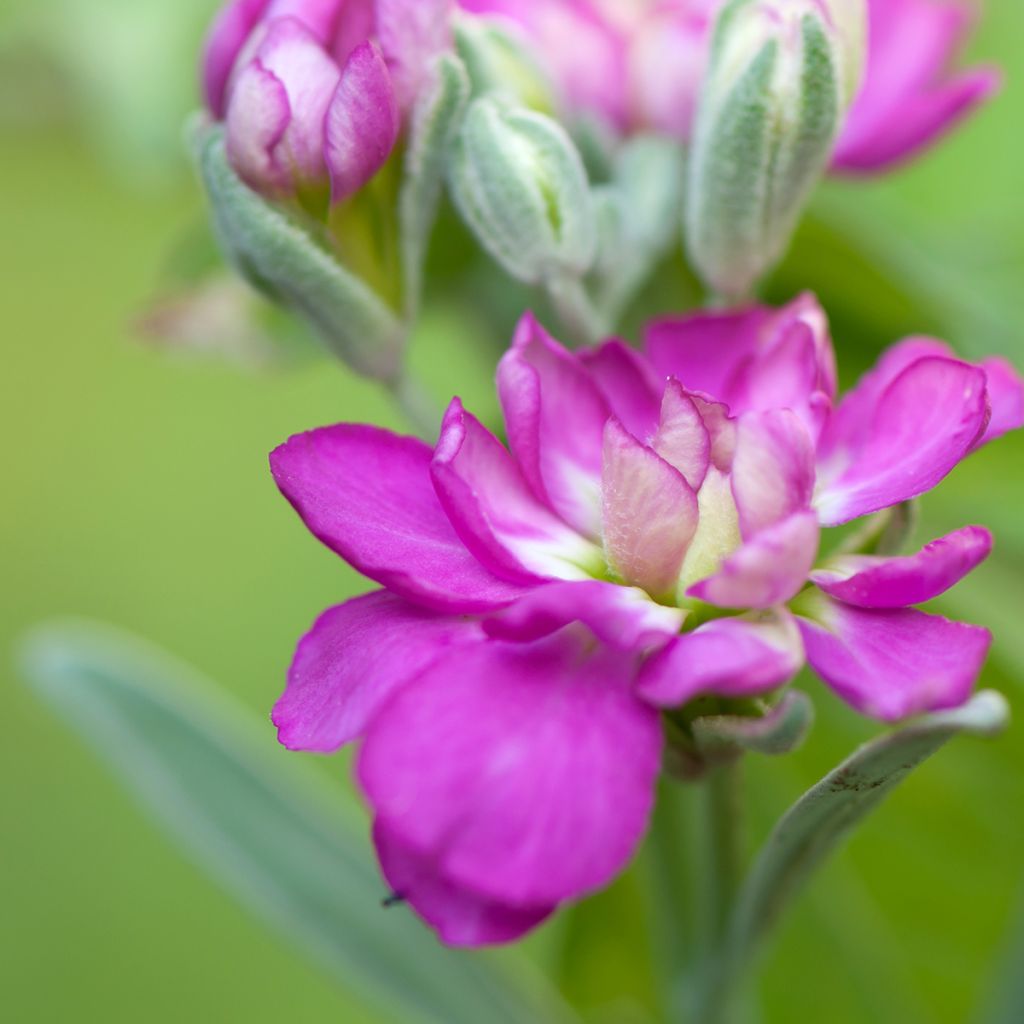

Matthiola incana
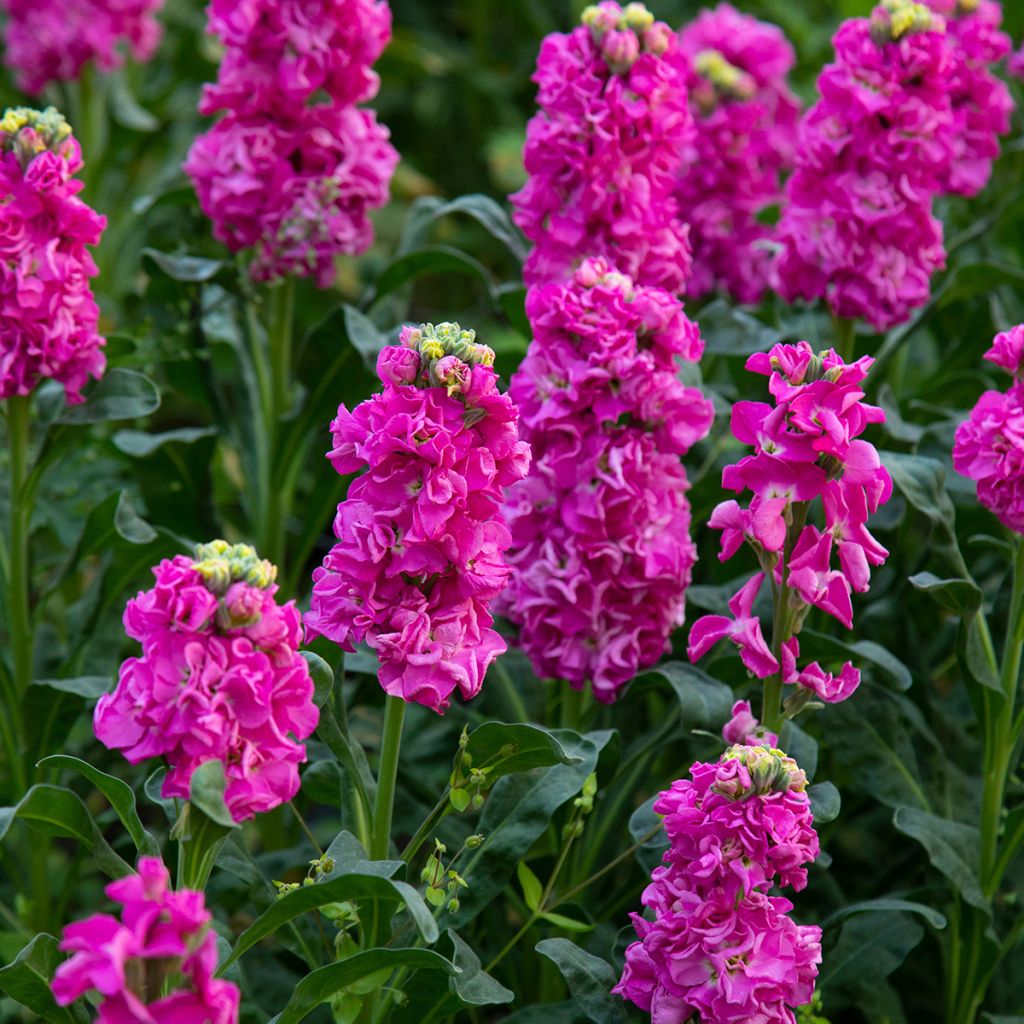

Matthiola incana
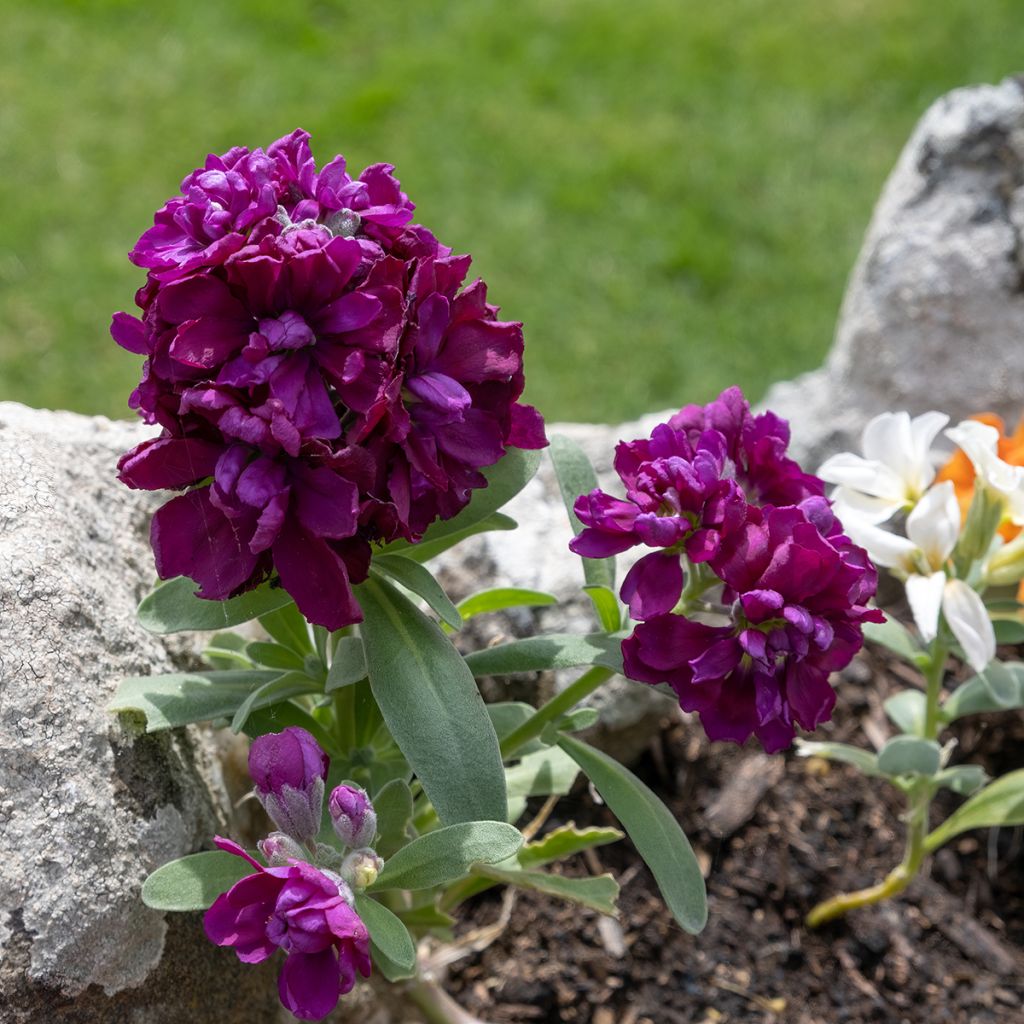

Matthiola incana
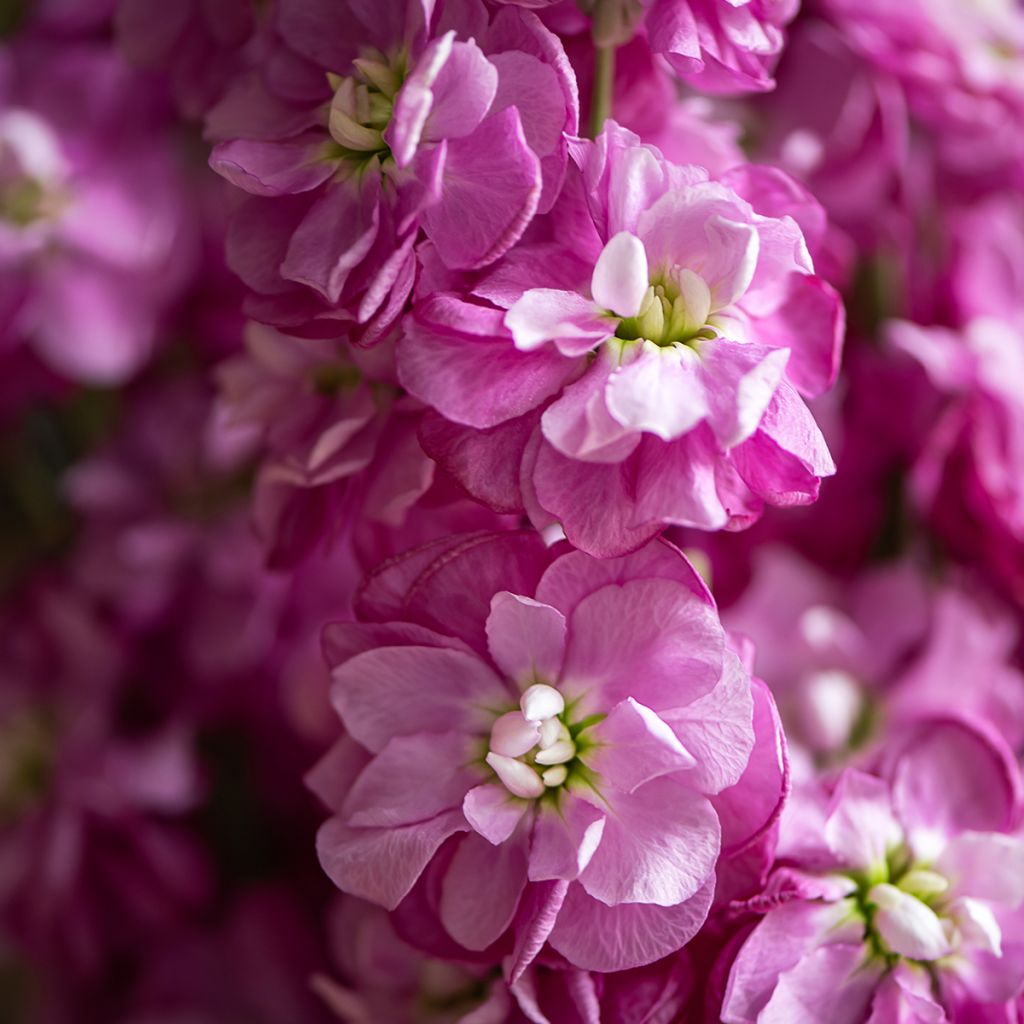

Matthiola incana
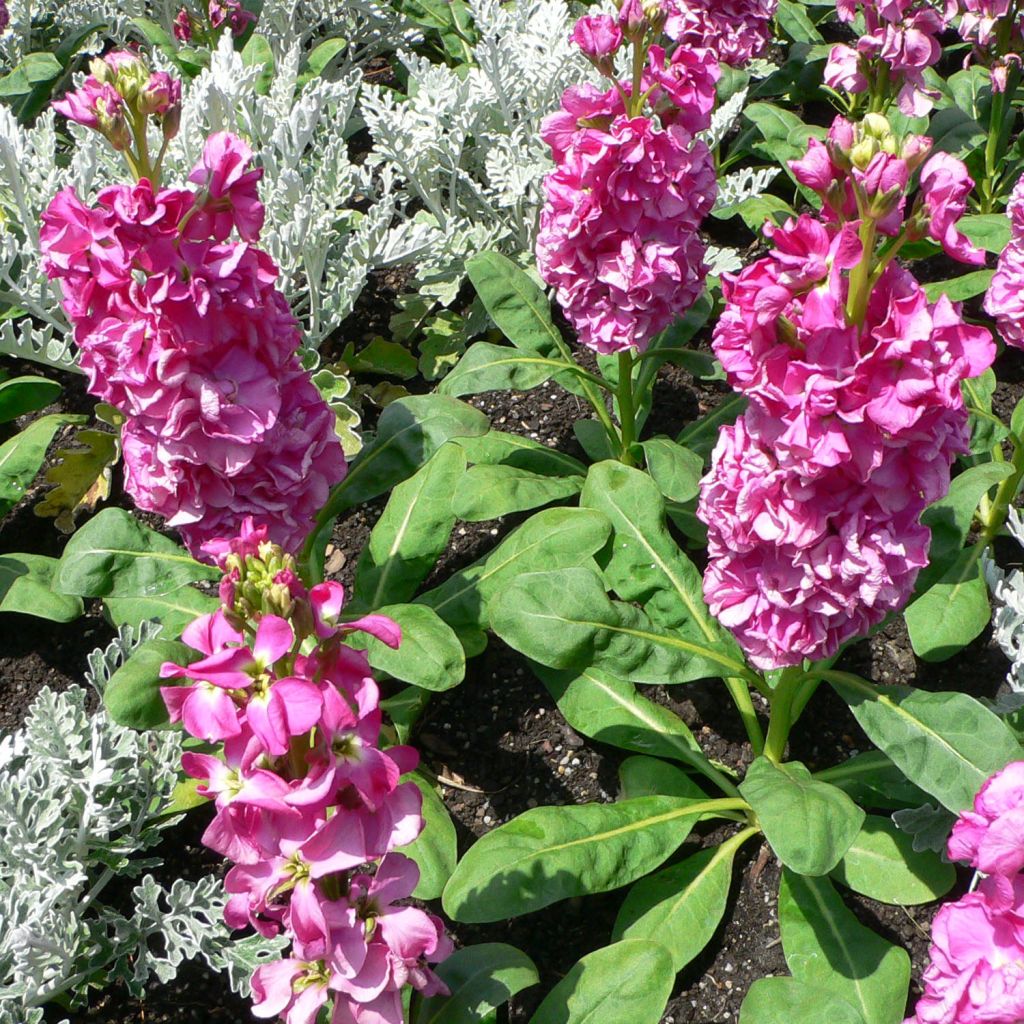

Matthiola incana
Matthiola incana
Matthiola incana
Brompton stock, Cluster-leaved stock, Common stock, Gilliflower, Hoary Stock, Hopes, Queen's stock, Wallflower stock
This plant carries a 12 months recovery warranty
More information
We guarantee the quality of our plants for a full growing cycle, and will replace at our expense any plant that fails to recover under normal climatic and planting conditions.
From €5.90 for pickup delivery and €6.90 for home delivery
Express home delivery from €8.90.
Does this plant fit my garden?
Set up your Plantfit profile →
Description
Matthiola incana is a plant with great ornamental interest. Under mild climates, it forms a small bush carried by a small trunk, adorned with matte grey foliage and an abundant spring flowering with the scent of carnations. The flowers of the form we cultivate are white, but as we multiply it by sowing, some plants bear pink or purple flowers. They are endowed with a magnificent spicy fragrance. It is sometimes grown as a biennial in moist soil, despite its excellent hardiness. It is ideal for a garden without watering, or a large rockery, and for a patio or balcony.
Spontaneously growing in the extreme Southeast of Corsica, Matthiola incana is native to Mediterranean Europe and the Canary Islands, where it easily self-seeds among the rocks of the coast. This large woody-based perennial belongs to the Brassicaceae family, just like cabbage, rapeseed, and mustard. It has a rapid growth rate. Under similar cultivation conditions to its natural habitat, it will reach well over 1m (3ft) in all directions and develop a true small trunk and woody branches. In cooler environments, it forms a very beautiful bushy and spreading clump measuring 40 to 60cm (16 to 24in) in all directions. During mild winters, its foliage is evergreen. It is composed of narrow and long, hairy, greenish-grey leaves, with silvery reflections accentuated by heat and drought. Flowering takes place from April to June, depending on the climate. It is very abundant, remarkably fragrant, and popular with pollinating insects. The small single flowers with 4 petals are grouped in terminal clusters at the end of leafy stems. Matthiola incana has a taproot that should be carefully handled during transplantation.
In its simplest form, it is a very rewarding plant, with its abundant, highly scented flowering and its ability to grow without maintenance. Its only requirement is to be planted in the sun, in well-drained soil, even limestone and poor. It can be used in flower beds or rockeries, in the company of shrubby salvias, rosemary, lavender, cistus, shrubby euphorbias, and phlomis in a dry garden, or with columbines, bellflowers, perennial geraniums, or goat's rue in a cooler climate and soil. It also performs very well in pots, to brighten up a patio or the surroundings of the house.
Report an error about the product description
Matthiola incana in pictures
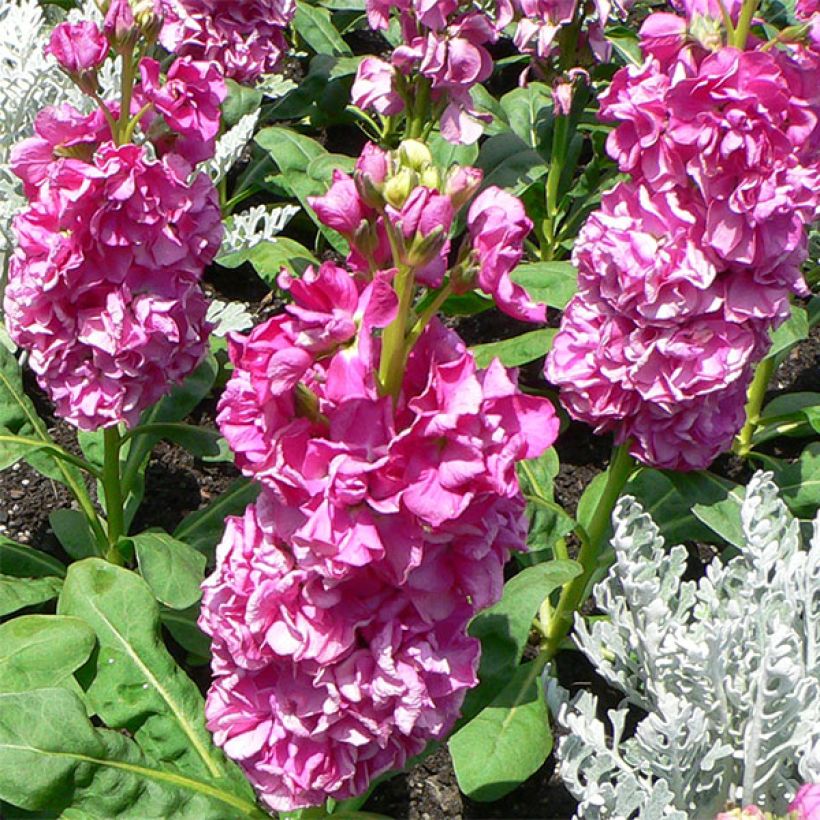

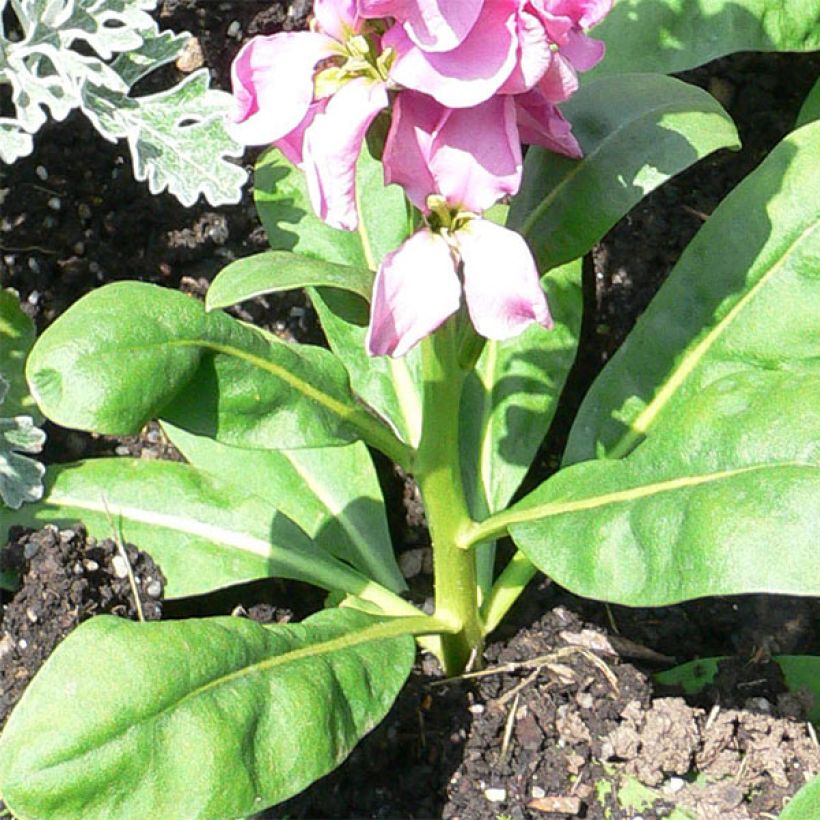

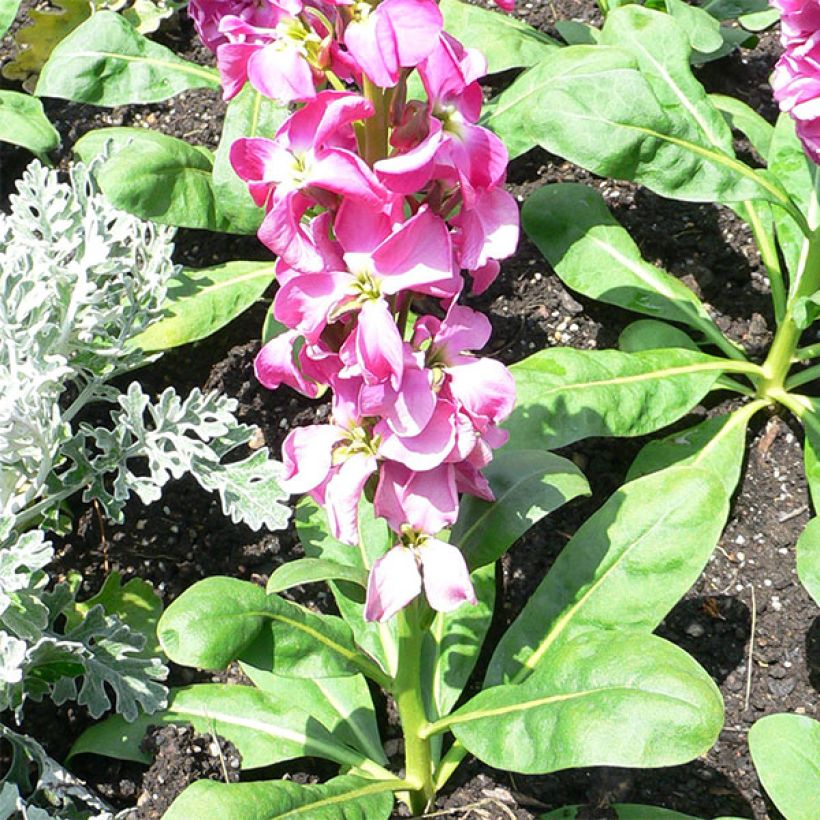

Flowering
Foliage
Plant habit
Botanical data
Matthiola
incana
Brassicaceae
Brompton stock, Cluster-leaved stock, Common stock, Gilliflower, Hoary Stock, Hopes, Queen's stock, Wallflower stock
Mediterranean
Other Wallflowers
Planting and care
Matthiola incana requires sunlight. It likes dry, poor, gravelly soil, where it will live for several years. It will tolerate limestone soil. In cool regions, grow it on rockeries, on top of embankments, or as a crown on a low wall. It is quite common to see it self-seeding in ruins or cracks in old walls. In humid regions, it is advisable to only plant it in the garden in spring. In climates with hot and dry summers, plant it in September-October, so that the plant has time to establish itself during autumn and winter. This will help it to better withstand summer drought.
Planting period
Intended location
Care
This item has not been reviewed yet - be the first to leave a review about it.
Summer flowering perennials
Haven't found what you were looking for?
Hardiness is the lowest winter temperature a plant can endure without suffering serious damage or even dying. However, hardiness is affected by location (a sheltered area, such as a patio), protection (winter cover) and soil type (hardiness is improved by well-drained soil).

Photo Sharing Terms & Conditions
In order to encourage gardeners to interact and share their experiences, Promesse de fleurs offers various media enabling content to be uploaded onto its Site - in particular via the ‘Photo sharing’ module.
The User agrees to refrain from:
- Posting any content that is illegal, prejudicial, insulting, racist, inciteful to hatred, revisionist, contrary to public decency, that infringes on privacy or on the privacy rights of third parties, in particular the publicity rights of persons and goods, intellectual property rights, or the right to privacy.
- Submitting content on behalf of a third party;
- Impersonate the identity of a third party and/or publish any personal information about a third party;
In general, the User undertakes to refrain from any unethical behaviour.
All Content (in particular text, comments, files, images, photos, videos, creative works, etc.), which may be subject to property or intellectual property rights, image or other private rights, shall remain the property of the User, subject to the limited rights granted by the terms of the licence granted by Promesse de fleurs as stated below. Users are at liberty to publish or not to publish such Content on the Site, notably via the ‘Photo Sharing’ facility, and accept that this Content shall be made public and freely accessible, notably on the Internet.
Users further acknowledge, undertake to have ,and guarantee that they hold all necessary rights and permissions to publish such material on the Site, in particular with regard to the legislation in force pertaining to any privacy, property, intellectual property, image, or contractual rights, or rights of any other nature. By publishing such Content on the Site, Users acknowledge accepting full liability as publishers of the Content within the meaning of the law, and grant Promesse de fleurs, free of charge, an inclusive, worldwide licence for the said Content for the entire duration of its publication, including all reproduction, representation, up/downloading, displaying, performing, transmission, and storage rights.
Users also grant permission for their name to be linked to the Content and accept that this link may not always be made available.
By engaging in posting material, Users consent to their Content becoming automatically accessible on the Internet, in particular on other sites and/or blogs and/or web pages of the Promesse de fleurs site, including in particular social pages and the Promesse de fleurs catalogue.
Users may secure the removal of entrusted content free of charge by issuing a simple request via our contact form.
The flowering period indicated on our website applies to countries and regions located in USDA zone 8 (France, the United Kingdom, Ireland, the Netherlands, etc.)
It will vary according to where you live:
- In zones 9 to 10 (Italy, Spain, Greece, etc.), flowering will occur about 2 to 4 weeks earlier.
- In zones 6 to 7 (Germany, Poland, Slovenia, and lower mountainous regions), flowering will be delayed by 2 to 3 weeks.
- In zone 5 (Central Europe, Scandinavia), blooming will be delayed by 3 to 5 weeks.
In temperate climates, pruning of spring-flowering shrubs (forsythia, spireas, etc.) should be done just after flowering.
Pruning of summer-flowering shrubs (Indian Lilac, Perovskia, etc.) can be done in winter or spring.
In cold regions as well as with frost-sensitive plants, avoid pruning too early when severe frosts may still occur.
The planting period indicated on our website applies to countries and regions located in USDA zone 8 (France, United Kingdom, Ireland, Netherlands).
It will vary according to where you live:
- In Mediterranean zones (Marseille, Madrid, Milan, etc.), autumn and winter are the best planting periods.
- In continental zones (Strasbourg, Munich, Vienna, etc.), delay planting by 2 to 3 weeks in spring and bring it forward by 2 to 4 weeks in autumn.
- In mountainous regions (the Alps, Pyrenees, Carpathians, etc.), it is best to plant in late spring (May-June) or late summer (August-September).
The harvesting period indicated on our website applies to countries and regions in USDA zone 8 (France, England, Ireland, the Netherlands).
In colder areas (Scandinavia, Poland, Austria...) fruit and vegetable harvests are likely to be delayed by 3-4 weeks.
In warmer areas (Italy, Spain, Greece, etc.), harvesting will probably take place earlier, depending on weather conditions.
The sowing periods indicated on our website apply to countries and regions within USDA Zone 8 (France, UK, Ireland, Netherlands).
In colder areas (Scandinavia, Poland, Austria...), delay any outdoor sowing by 3-4 weeks, or sow under glass.
In warmer climes (Italy, Spain, Greece, etc.), bring outdoor sowing forward by a few weeks.

































